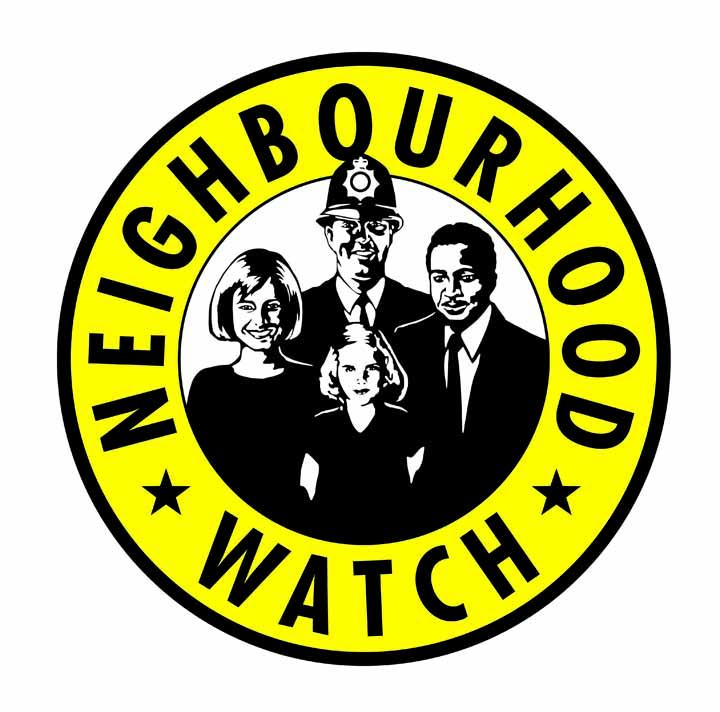Community safety
Neighbourhood Watch - Sept 2017
 The MET are working hard to keep the public safe and make the streets a hostile territory for criminals who use scooters, mopeds, motorbikes and bicycles to snatch valuables from members of the public.
The MET are working hard to keep the public safe and make the streets a hostile territory for criminals who use scooters, mopeds, motorbikes and bicycles to snatch valuables from members of the public.
Operations Officers are conducting targeted operations throughout London and through intelligence-led investigations and operations to prevent and detect moped theft. This includes, among other things, raids on individuals suspected of stealing motorcycles and using them to commit crimes, high visibility patrols in key areas and increased street searches for stolen motorcycles.
Reducing opportunities
Officers are reducing the opportunities for theft to take place in the first place through a combination of approaches - such as making owners aware of what they can do about reducing the thefts - and working with industry and councils to protect, or design the theft options out of the vehicles, reducing the ability of the offenders to use the vehicles in crime; Improving public awareness and protection; and removing markets for offenders to dispose of goods.
There have been concentrated media campaigns for public awareness focusing on distinct victim groups. There has been engagement with Secondhand phone shops, markets, scooter dealers and garages, to improve intelligence and remove locations that will buy the stolen property.
Bringing offenders to justice
The police use intelligence and CCTV to identify linked offences and bring offenders to justice. There is a proactive stance with sting vehicles, targeted operations and a focus on criminal cohort, to reduce high volume offenders. Also working in partnership with Youth Services and third sector groups to discuss diversion opportunities.
How can riders prevent their bikes being stolen?
· Parking: Choose designated parking with a stand and security loop, or if this is not available try areas with lots of people, good lighting and CCTV
· Locks: Use more than one lock, focusing on disc locks and chain locks, fitted tight to the bike and through difficult to remove parts
· Time: When leaving your bike for a long period or overnight, lock it to something secure and use a motorbike cover. At home consider using fitted anchors to secure your bike
· Attention: Use audible alarms where possible to draw unwanted attention to the thieves
· Marking: Choose to mark your bike parts with the vehicle identification number (VIN) number, your postcode or registration number using an ultraviolet marker pen or property marking kit
· Insurance: Some companies will offer discounts on your insurance if you invest in certain security measures, so ask before you make your purchase Personal Crime prevention advice
· Be aware of your surroundings at all times and keep your personal property secure
· Don't text while you're walking - you won't notice potential thieves approaching
· Use the security features on your phone
· Try going hands free or stand away from the roadside close to a wall so no one can come up behind you
· Your phone comes with a range of security features, such as keypad locks and remote data wiping. Make sure they are all activated to stop thieves from accessing your phone and personal data
· Know how to identify your phone if it's stolen
· Find your IMEI number by dialling *#06# from your phone and keep a written note of it. If the phone is stolen, report it to the police and your mobile provider to stop it being used · Register your phone on www.immobilise.com to help police return recovered stolen property and combat the sale of stolen goods. Police recover more than 2500 items registered to the website on average every month. Never confront a thief or risk your own safety for the sake of your mobile device
Pursuit guidelines
The MPS can and will undertake pursuits in any situation where it is necessary and proportionate to do so. Any pursuit carries risk, and additional safeguards are in place for pursuit of two wheeled vehicles. Only specially trained officers are authorised to engage in pursuit activity and they are supported by a tactical advisor, and a senior officer in our Command and Control centre has oversight.
A driver or pillion removing their crash helmet does not automatically require a pursuit to be terminated and the police will review the risk posed, balanced against the type of criminality under consideration and the additional risk posed to other road users.,
Lee Roberts, Neighbourhood Watch Manager